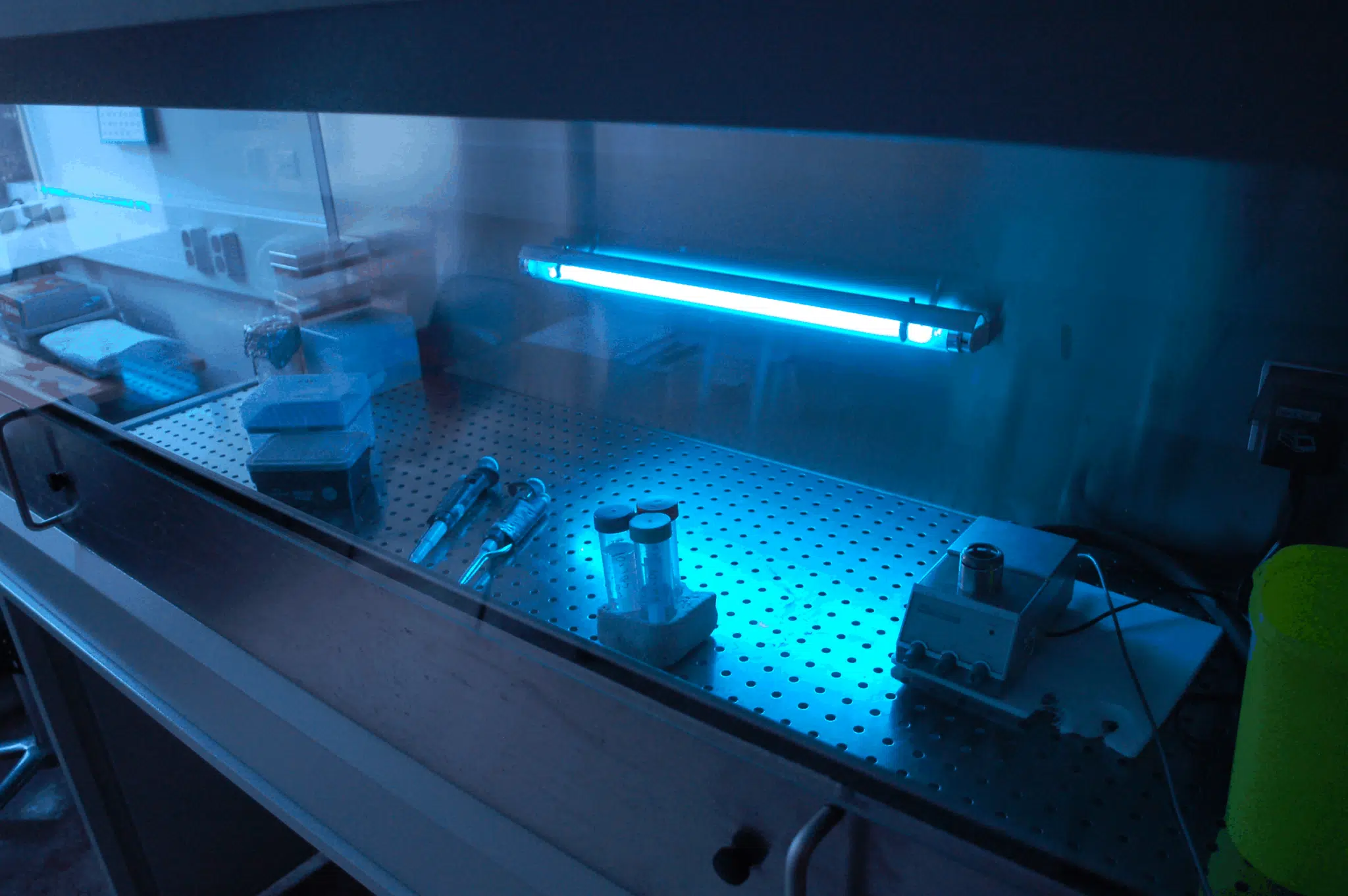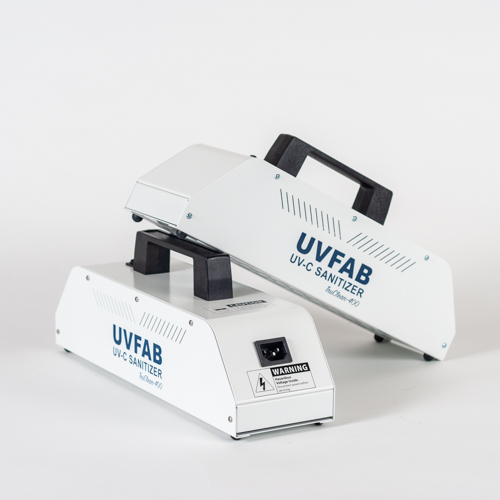UV Sanitation: The Cutting-Edge Innovation Changing Hygiene Practices
In the world of cleanliness practices, one innovation has actually emerged as a game-changer: UV sanitation. From healthcare setups to food handling, UV disinfection is making its mark in different sectors.
Exactly How UV Disinfection Works
UV disinfection functions by using ultraviolet light to destroy or suspend microbes, providing a highly effective and chemical-free approach of sanitation. This modern technology harnesses the power of short-wavelength UV-C light, which is capable of damaging the DNA and RNA of microbes, therefore providing them incapable to create and reproduce injury.
The procedure starts with the installation of UV disinfection systems, which contain UV lamps that give off UV-C light. These lamps are purposefully placed in locations where microbial contamination is a concern, such as water treatment plants, medical facilities, labs, and food handling facilities.
When microbes are exposed to UV-C light, the photons penetrate their cell wall surfaces and reach the DNA and RNA inside. The high-energy UV-C photons interrupt the genetic product by producing bonds between surrounding nucleotides, leading to the development of thymine dimers. These dimers avoid the microorganisms from duplicating, making them harmless.
UV disinfection is highly efficient versus a wide variety of microbes, consisting of infections, bloodsuckers, and microorganisms. It is especially efficient against waterborne microorganisms like E. coli, Giardia, and Cryptosporidium. In addition, UV sanitation is a chemical-free technique, getting rid of the requirement for potentially harmful anti-bacterials and minimizing the risk of damaging sanitation by-products.
Advantages of UV Disinfection
UV sanitation offers many advantages in the area of sanitation, making it a highly chosen method for efficiently getting rid of damaging microbes. Among the crucial benefits of UV disinfection is its capability to supply a chemical-free service. Unlike traditional sanitation methods that rely upon chemicals, UV sanitation uses ultraviolet light to damage the DNA of bacteria, rendering them incapable to replicate and trigger infections. This not only gets rid of the demand for potentially damaging chemicals yet additionally decreases the danger of chemical residue on surface areas.

UV disinfection is likewise very flexible in its applications. It can be used in numerous setups, including healthcare facilities, schools, food processing centers, and water treatment plants. UV disinfection systems can be quickly incorporated right into existing cleanliness practices, supplying an additional layer of protection versus infectious diseases.
Along with its effectiveness and convenience, UV sanitation is likewise eco-friendly. It does not produce any kind of dangerous byproducts or residues, making it a lasting and secure method for sanitation - uv surface disinfection. Furthermore, UV disinfection requires very little upkeep and has a long life expectancy, resulting in price financial savings in the future.
UV Sanitation in Health Care Settings
In healthcare settings, UV disinfection has actually become a cutting-edge approach for properly eliminating damaging microorganisms. Making use of UV light to disinfect surface areas and tools has gotten appeal because of its capability to supply an added layer of security versus pathogens. UV disinfection functions by discharging ultraviolet light at a details wavelength that is lethal to germs, infections, read what he said and various other bacteria. This modern technology offers numerous benefits in healthcare settings.
Firstly, UV disinfection is a non-chemical approach, making it an eco-friendly option compared to traditional disinfection techniques that typically involve the usage of harsh chemicals. The usage of UV light removes the demand for chemical disinfectants, decreasing the danger of dangerous residue or chemical direct exposure to both people and health care employees.
Additionally, UV sanitation is very effective in killing a variety of microbes, consisting of drug-resistant bacteria such as MRSA and C. difficile. It offers a dependable and regular sanitation procedure, making certain that all surface areas and equipment are extensively disinfected, even in hard-to-reach areas.

UV Sanitation in Food Processing
The application of UV disinfection expands past health care setups and finds considerable worth in the realm of food processing. uv important link surface disinfection. UV disinfection modern technology is becoming significantly popular in the food industry as a result of its capacity to properly get rid of unsafe virus and boost food safety and security
One of the main advantages of UV sanitation in food handling is its ability to target a wide variety of microorganisms, consisting of mold and mildews, viruses, and germs. By utilizing UV light at specific wavelengths, it is feasible to interfere with the DNA and RNA of these pathogens, making them incapable to create or reproduce injury. This technology can be put on different phases of the food handling chain, including surface area sanitation, devices sanitation, and water treatment.
UV sanitation gives a chemical-free and non-thermal approach of sterilizing food items. Unlike standard disinfection methods that count on chemicals or warm, UV technology does not leave any deposit or change the taste, texture, or dietary value of the food. This makes it an excellent service for sectors that call for strict adherence to quality standards.
In addition, UV sanitation systems are easy to install and operate, needing minimal upkeep. They can be incorporated right into existing processing lines without causing significant interruptions to the manufacturing process. In addition, UV systems have a quick therapy time, enabling continual processing and decreasing downtime.
The Future of UV Disinfection

One area where UV sanitation is expected to make significant innovations is in the area of medical care. With the increase of antibiotic-resistant germs and the requirement for more reliable disinfection methods, UV light has the potential to play an essential duty in decreasing healthcare-associated infections. UV disinfection systems can be used to decontaminate surfaces, tools, and also the air in medical care facilities, helping to avoid the spread of dangerous pathogens and boost person security.
One more market that can take advantage of innovations in UV sanitation innovation is the food market. UV light has already shown to be an efficient technique for decontaminating foodstuff and lowering the danger of foodborne health problems. As technology improves, we can expect to see a lot more efficient and cost-effective UV disinfection systems being applied in food handling plants, ensuring that the food we take in is secure and devoid of harmful germs.
Conclusion
Finally, UV disinfection is an advanced modern technology that is changing hygiene techniques in medical care setups and food handling. By using UV light to eliminate or deactivate bacteria, it offers many benefits such as performance, efficiency, and security. With recurring developments in this area, UV sanitation holds excellent possible for the future of cleanliness, giving a reliable and sustainable option for keeping clean and hygienic environments.
UV sanitation is a chemical-free approach, removing the need for potentially hazardous disinfectants and decreasing the danger of unsafe sanitation by-products.
Unlike typical disinfection techniques that depend on chemicals, UV sanitation uses ultraviolet light to ruin the DNA of microbes, rendering them unable to duplicate and cause infections. Unlike standard disinfection approaches that depend on chemicals or warm, UV technology does not leave any kind of residue or change the preference, appearance, or nutritional worth of the food. As technology boosts, we can expect to see more cost-efficient and efficient UV disinfection systems being executed in food processing plants, ensuring that the food we eat is safe and uv surface disinfection totally free from harmful bacteria.
In conclusion, UV disinfection is a sophisticated modern technology that is transforming cleanliness techniques in healthcare setups and food handling.